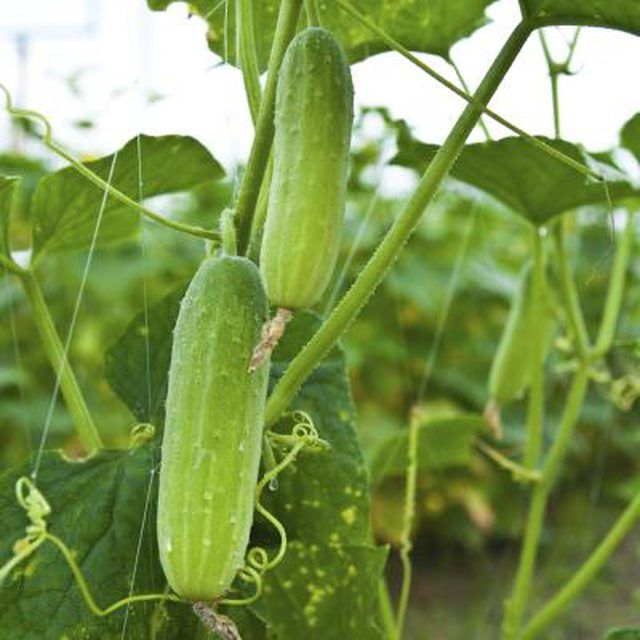Bulbs
Flower Basics
Flower Beds & Specialty Gardens
Flower Garden
Garden Furniture
Garden Gnomes
Garden Seeds
Garden Sheds
Garden Statues
Garden Tools & Supplies
Gardening Basics
Green & Organic
Groundcovers & Vines
Growing Annuals
Growing Basil
Growing Beans
Growing Berries
Growing Blueberries
Growing Cactus
Growing Corn
Growing Cotton
Growing Edibles
Growing Flowers
Growing Garlic
Growing Grapes
Growing Grass
Growing Herbs
Growing Jasmine
Growing Mint
Growing Mushrooms
Orchids
Growing Peanuts
Growing Perennials
Growing Plants
Growing Rosemary
Growing Roses
Growing Strawberries
Growing Sunflowers
Growing Thyme
Growing Tomatoes
Growing Tulips
Growing Vegetables
Herb Basics
Herb Garden
Indoor Growing
Landscaping Basics
Landscaping Patios
Landscaping Plants
Landscaping Shrubs
Landscaping Trees
Landscaping Walks & Pathways
Lawn Basics
Lawn Maintenance
Lawn Mowers
Lawn Ornaments
Lawn Planting
Lawn Tools
Outdoor Growing
Overall Landscape Planning
Pests, Weeds & Problems
Plant Basics
Rock Garden
Rose Garden
Shrubs
Soil
Specialty Gardens
Trees
Vegetable Garden
Yard Maintenance
How to Care for Cucumber Plants
How to Care for Cucumber Plants. Cucumber (*Cucumis sativus*) is an annual vine that offers a generous bounty of crisp, refreshing vegetables which may be eaten raw or pickled. These warm-weather-loving vines require moderate care, and should be planted in a bright, sunny location once spring frosts have passed.

Cucumber (Cucumis sativus) is an annual vine that offers a generous bounty of crisp, refreshing vegetables which may be eaten raw or pickled. These warm-weather-loving vines require moderate care, and should be planted in a bright, sunny location once spring frosts have passed.
Provide Nutrients
Cucumbers prefer a well-draining, organic soil. Before planting, add phosphorus and potash to the planting area by mixing 1 1/2 cups of a 5-10-10 fertilizer per 25 square feet into the soil.
About one week after flowering: Apply 1/2 cup of a 46-0-0 fertilizer or 1 cup of a 27-3-3 fertilizer per 25 feet of row. Apply the fertilizer as a side-dressing, scattering fertilizer 4 to 6 inches away from the plants, on one side only.
Three weeks later: Provide a light application of a 33-0-0 fertilizer, about 1/2 cup per 25 feet of row.
Always water well after fertilizing to help nutrients disperse into soil. Avoid "weed and feed" fertilizers, which can kill vegetable crops. Store unused fertilizer in a secure location away from pets and children.
Prune Runners
With a pair of pruning shears, remove the first four to six lateral runners, or horizontal stems, that emerge at the base of the plant early in the growing season. This will result in a bigger harvest. Other runners may be allowed to grow freely after these first few are removed. Disinfect pruning shears before and after use by soaking them for five minutes in a solution that is equal parts water and alcohol. Rinse with water afterwards and air dry.
Keep Soil Moist
Water regularly throughout the growing season to keep the soil moist, about once a week. Each watering, moisten soil to a depth of at least 6 inches. It is especially important to water the plant while the cucumbers are developing. Excessive irrigation, however, can cause plants to become soft and vulnerable, and wet leaves attract fungal disease.
Mulch to conserve moisture in the soil and suppress competitive weeds. Using black plastic mulch will also keep the soil warm, allowing spring-planted cucumbers to be harvested earlier. You can also use a 2- to 3-inch layer of organic matter such as shredded leaves or bark. For cucumbers that are not on a trellis, mulch helps keep fruits clean.
Check for Beetles
Cucumber beetles are a common cucumber pest which feed on all parts of the plant, stunting growth and sometimes causing the death of the vine. Beetles are about 1/2 inch long and yellow or yellowish green with black stripes.
Though time-consuming, picking and crushing beetles by hand is an effective control tactic. Removing weeds around the garden reduces hiding places.
You can also control beetles with an insecticide containing carbaryl. Mix about 1 tablespoon of insecticide per 1 gallon of water and apply evenly to the entire plant. Repeat as necessary every seven to 10 days, withholding insecticide at least 5 days before harvest. Do not apply if foliage is wet, or if rain is expected within two days. Because carbaryl is toxic to bees, apply in late evening or early morning when bees are less active. Store unused insecticide in a cool, dry, secure location away from children and pets.
Prevent Disease
Failing to control cucumber beetles may lead to bacterial wilt, a fatal disease spread by beetles. Infected plants gradually wilt and die, and should be dug up and destroyed.
Cucumber plants may also be affected by fungal foliage diseases such as powdery or downy mildew, which result in gray or white fungal growth on leaves and stems. Plant stunting and leaf drop may occur. To help manage the disease, avoid splashing leaves with water, as wet leaves allow pathogens to spread. Avoid over-crowding: cucumbers should be spaced 9 to 12 inches apart, with 30 inches of space in between rows if they are grown on trellises and 4 to 5 feet of space if they are not.
If a long period of wet weather is predicted, apply copper fungicide as a preventative measure. Mix 1 to 4 tablespoons of copper fungicide per 1 gallon of water and spray evenly over tops and bottoms of leaves. Apply again in seven to 10 days if wet weather persists, using more for heavy rains. Store unused solution in a secure location.